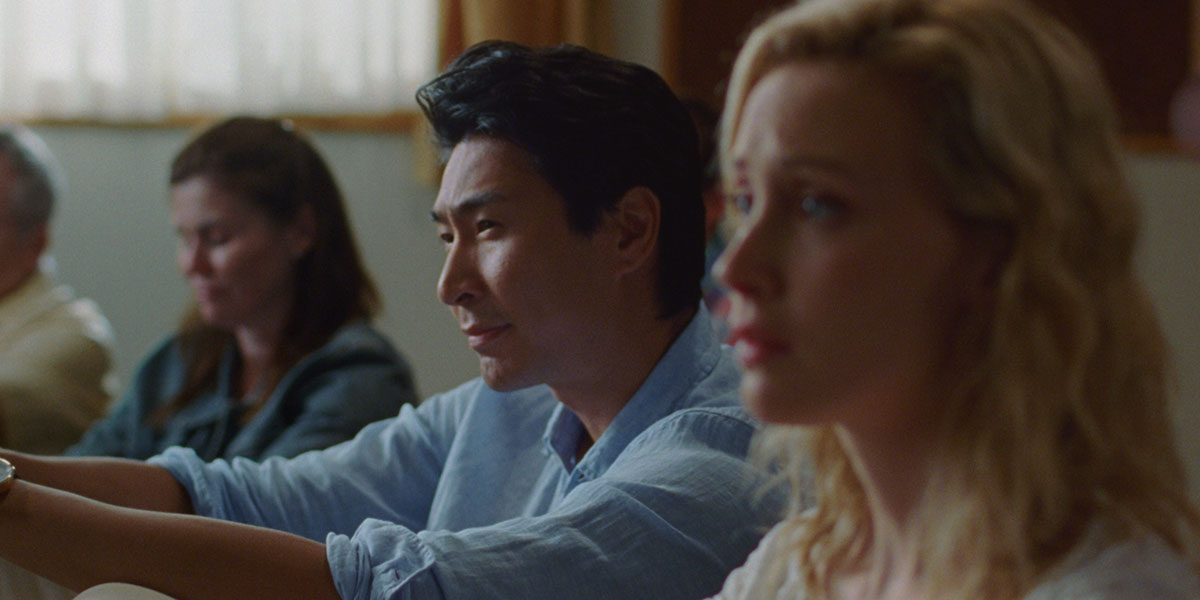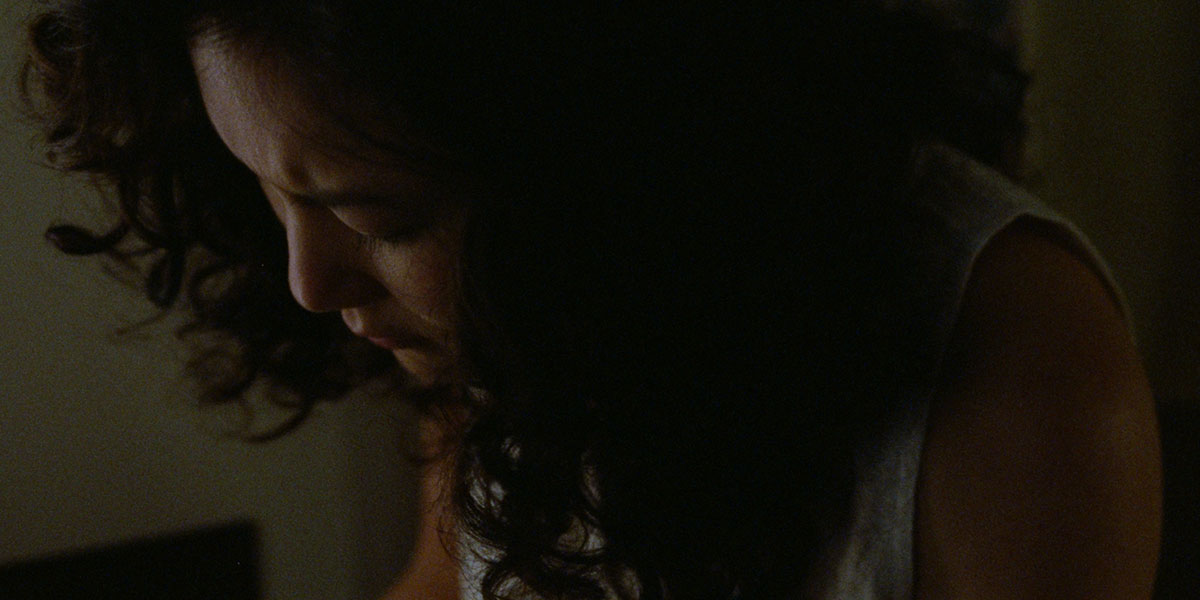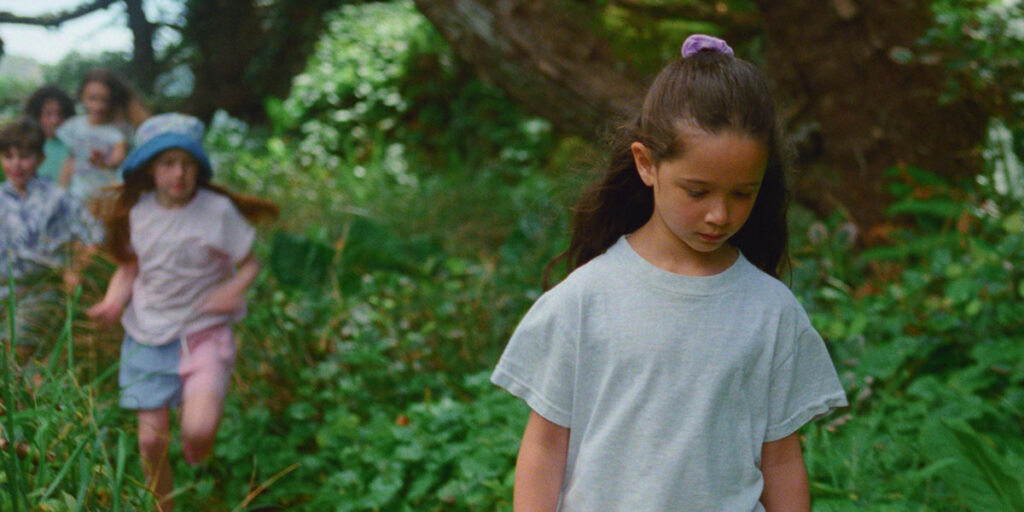“Seagrass,” World Premiering at TIFF, is a directorial debut from Meredith Hama-Brown, who also writes the film. Set in B.C., it follows a biracial family – headed by Japanese-Canadian Judith (Ally Maki) and Steve (Luke Roberts) – on the brink of fracture.
Our first interaction with the family is sweet adolescence as 11-year-old Steph (Nyha Huang Breitkreuz) and six-year-old Emmy (Remy Marthaller) explore a ferry. The ferry is on its way towards a family couples’ retreat in coastal British Colombia. When they return to their car to scare their parents, Steve is playful with them, but Judith is stern. This is the first hint at natural distress in their relationship; but they’re both wanting to fix their marriage.

Racism and Relationships
As they unsuccessfully talk about their feelings, Steph and Emmy hang out in groups with people their own age. Even when they hang out with the other kids, there’s a sense that they feel like outsiders. One day as Emmy walks back to the cabin, she is taunted by older kids about her race. She laughs it off, not understanding. When she does something similar in the mirror in the next scene, Judith tells her to never do it again. Her natural reaction tells us this is also something she has experienced before.
There’s racism even between Judith and Steve. When he makes a questionable comment, Judith questions if he is being racist. Steve responds: “I’m married to you, why would I be racist?” These are some moments where Meredith Hama-Brown’s dialogue is at its most powerful.
The relationship drama between Judith and Steve is effective. The anti-chemistry between Maki and Luke Roberts is strong. There is deep-rooted resentment, so it’s easy to believe that they’ve been married for a long time. When Judith starts to introduce them in group, she mentions that her mother has recently passed away. “Five months ago,” Steve chimes in.

Strong visuals and atmosphere
On top of powerful dialogue, “Seagrass” shines through its visuals, as well, surprisingly so for a relationship drama. Shot on 35mm, the film is scenic and gorgeous. At times, it is also brooding and atmospheric. There are stretches of anxiety here that impressively meld relationships and anxiety. “Seagrass” is not a horror film by nature, but Emmy’s relationship with a cave on the shores of the island is unquestionably eerie. At the cave, she’s told that thinking about a dead relative would bring them back to life. Norm Li’s cinematography shines as Emmy then stares into the cave. The camera places us in the cave staring back at Emmy, as Emmy thinks of her grandmother.
The film’s anxiety is channeled through Emmy. Scenes where Hama-Brown really puts the audience as the camera is memorable. One such sequence tracks us from the cave, back to Emmy’s bedroom, as if her grandmother is paying her a visit. It appears to symbolize the anxiety children have about their parents’ relationship, even if they aren’t able to pinpoint the root of their anxiety. It’s a stunning way to show this through the paranoia and anxiety of a six-year-old child, and with Hama-Brown’s sure hand, it is very effective. I would love to see her try her hand at the horror genre because of the tension and atmosphere she builds with that anxiety.
Nyha Huang Breitkreuz also shines as Steph as she navigates a different part of childhood. That includes being embarrassed about boys, and lying about getting her first period. This is also the stage where kids ask uncomfortable questions about racial identity. One asks, “Where is your mom really from?” There’s a lot of authenticity with how Hama-Brown writes those challenging scenes. Also impressive in the film is just how well Hama-Brown directs her performances, especially out of her child actors. It’s also impressive how the counselling scenes and kids growing up have a similar tone. There’s a heaviness in counselling, but also a heaviness as the children try to belong. This gives “Seagrass” a surprising cohesiveness that’s present throughout, especially in tone.


